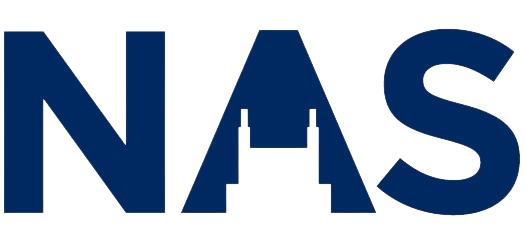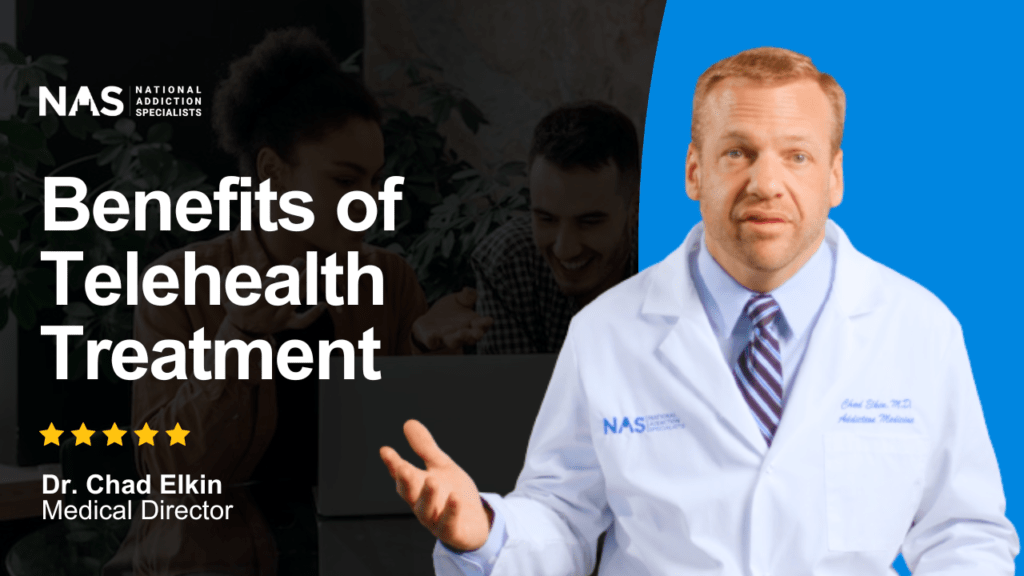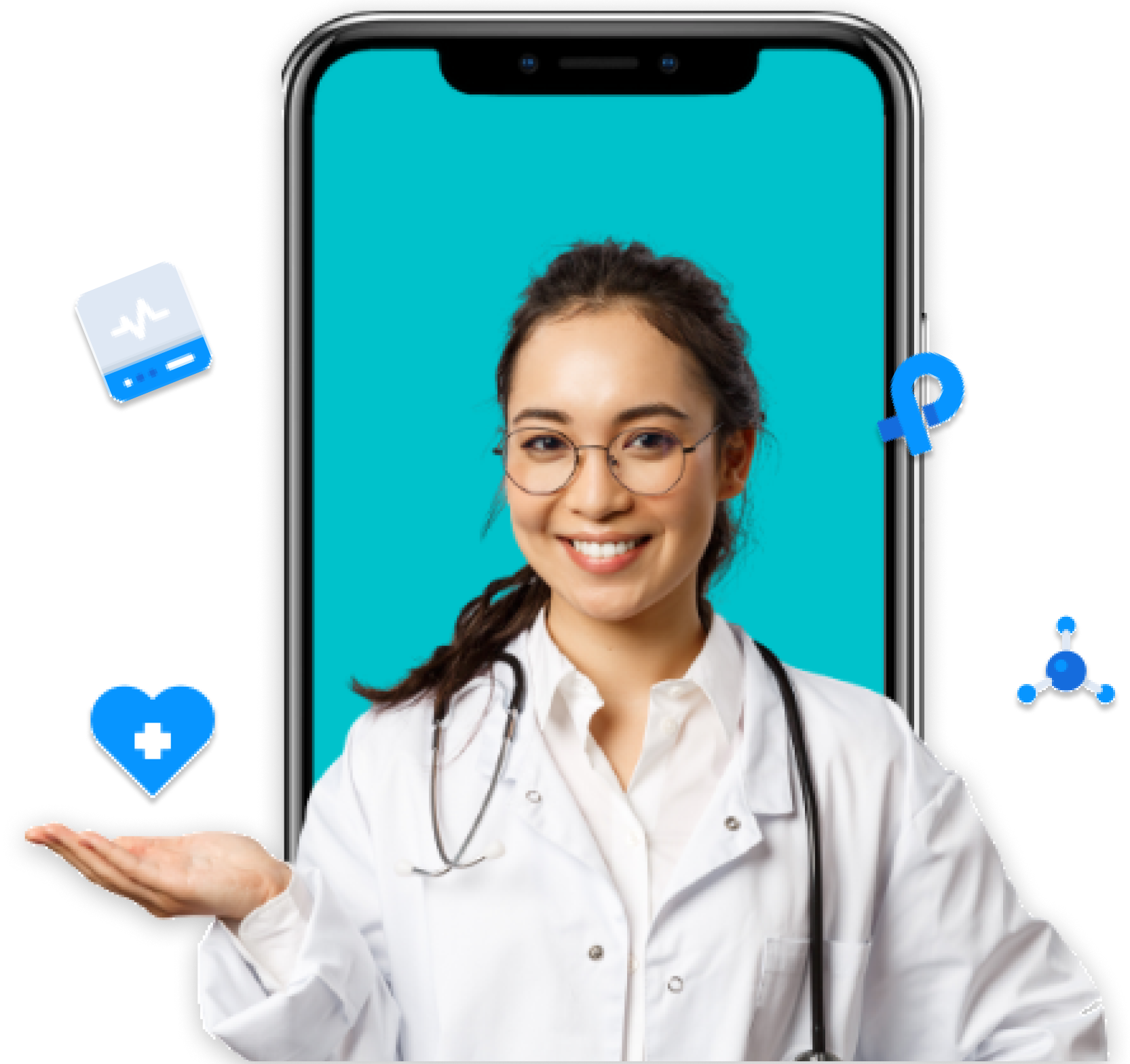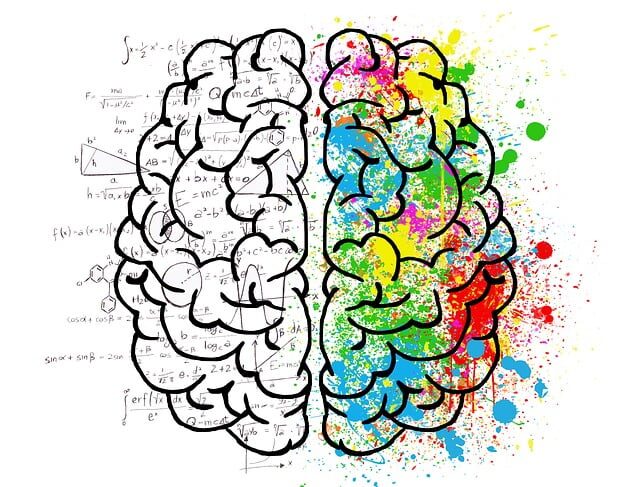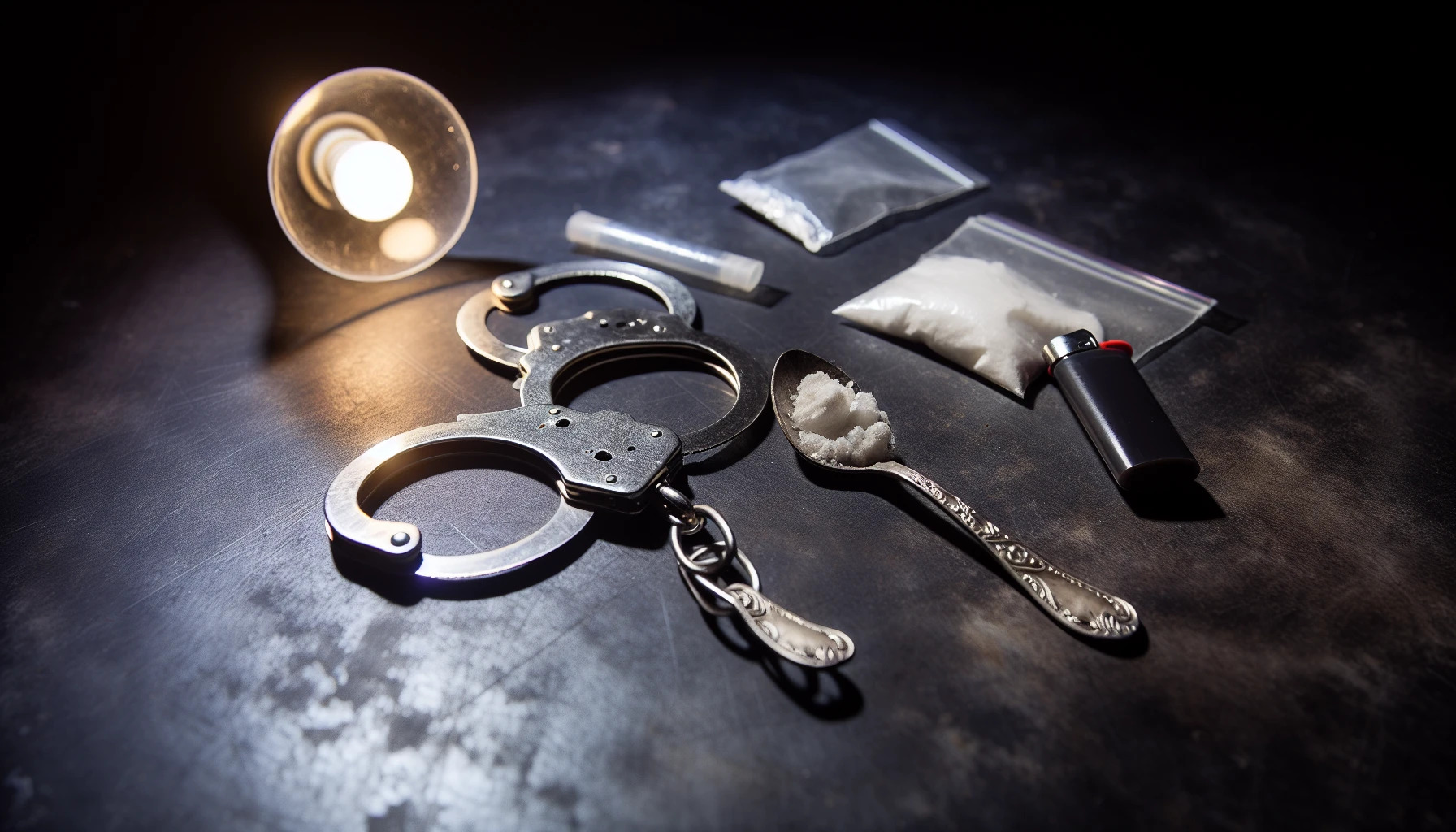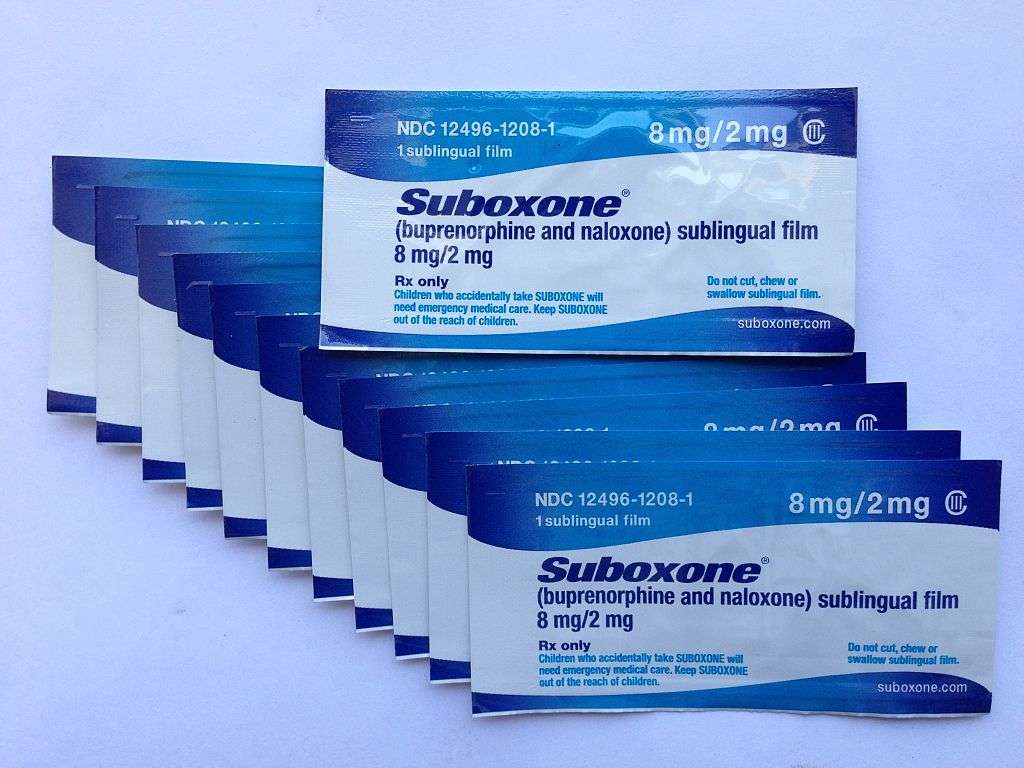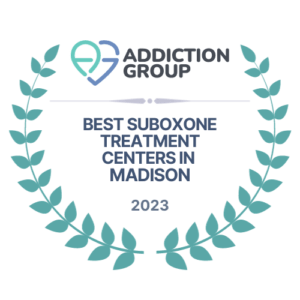Opioid use disorder (OUD), characterized by an overpowering urge to use opioids despite their dangerous consequences, negatively affects millions of lives worldwide. This article quickly navigates through the history of how opioid use became such a problem, why it is such a pervasive and difficult problem, and how government responses have increased access to better care options.
Key Takeaways
- Opioid use disorder is a complex condition influenced by biological, environmental, genetic, and psychosocial factors, and it is characterized by problematic opioid use, significant distress and impairment, and substantial changes in brain function.
- A perfect storm of increasingly liberalized pain treatment, aggressive and deceptive marketing of opioids, and a flood of cheap synthetic opioids has conspired to claim the lives of over 1 million Americans from drug overdose.
- A variety of treatment options such as medication-assisted treatment (MAT), counseling, therapy, and both inpatient and outpatient programs are available to address opioid use disorder, each playing a crucial role in reducing relapse and managing withdrawal symptoms.
- Telehealth and online treatment options have increased greatly, and are quite effective in preventing deaths.
- Prevention strategies like responsible prescribing practices and non-opioid pain management alternatives are key to reducing the onset of opioid use disorder. Recognizing triggers and building a strong support network are essential for relapse prevention and sustained recovery.
The Opioid Crisis: A Brief Historical Overview
Although OUD is a modern-day tragedy, its roots stretch back 6000 years. Opium poppy seed capsules have been discovered in burial sites dating to 4200 BC. The latex released from opium poppies when cut contains approximately 12% morphine, in addition to other opiates including codeine and thebaine. There is general agreement that the Sumerians cultivated the opium poppy for use in religious rituals as long ago as 2000 BC, and over time its analgesic (pain-relieving) and euphoric effects were increasingly recognized, enabling its medical use as well as addiction. [1]


Arab traders distributed opium to India and China as early as 800 AD and throughout Europe by the 1300s, and by the 1600s, descriptions of addiction and tolerance were written about in Europe. China experienced a particular problem with the practice of smoking opium, likely exacerbated when tobacco smoking was briefly outlawed. In 1729, China established a prohibition on opium, and their attempted enforcement led to the opium wars of the 1840s and 1850s. China was ultimately forced to legalize opium after these wars, opening their ports to foreign merchants and initiating widespread domestic opium cultivation.


Morphine, the main active ingredient of opium, was isolated in 1806 and was used in surgical procedures as early as the 1850s. However, recreational use and addiction continued. Heroin was developed as a simple synthetic off-shoot from morphine in 1898, in part as an attempt to increase safety with the unfounded belief that its increased potency would come with reduced addictive properties. That of course did not prove to be true.
America was not isolated from these events, and the United States Civil War saw the Union Army use around 10 million opium pills, leading to many addicted soldiers returning from war. [2] Doctors also readily prescribed these opiates for a range of conditions in a highly unregulated manner, and they were marketed over the counter for everything from diarrhea to toothache. The Harrison Narcotic Control Act of 1914, which regulated the production, importation, and distribution of opiates and cocaine-related products, was passed in large part to curb the rise of street heroin use and addiction, and it also ultimately prevented the prescription of opioids for addiction treatment [3].
There was an ensuing 80-year lull as opiates were more regulated and more feared, but this also had a down side. Many reports were eventually published condemning the resulting under-treatment of pain and suffering. Unless it was terminal cancer, you might not be eligible to receive these powerful pain relievers. Then things took a significant turn.
Pain as the Fifth Vital Sign
In 1995, the American Pain Society launched their “pain as the fifth vital sign” campaign, which quickly gained traction.[4] Many chronic conditions were soon treated with strong opioids. In greater consideration of this vital sign, clinicians were expected to monitor and treat pain, and prescription opioids became a simple and common solution.
At the same time, OxyContin, an extended release version of the opioid oxycodone (similar to morphine), was developed and approved by the FDA in 1995, with claims from the manufacturer, Purdue Pharma, that the extended release version would limit the risk of addiction. Purdue Pharma also aggressively marketed this and other opioids to physicians with claims that the risk of addiction was very low. [5] The campaign, in the environment of increased concern for patient pain, worked quite well. Between 1997 and 2002, prescriptions of OxyContin for non-cancer pain increased from 670,000 to 6.2 million; cancer-related pain prescriptions increased approximately 4-fold over the same period. [6] Overall opioid use in America increased just over 3-fold from 2000 to 2012. [7]
This glut of prescription opioids created several problems. Patients became addicted, despite assurances otherwise. Prescription drugs were diverted to other users and sold illegally. Overdoses occurred. This period is known as the first wave of the US opioid epidemic. Starting about 2010, a second wave of the epidemic began when addicted patients turned to heroin, because it was often cheaper and easier to obtain.
Wave Three: Fentanyl and Synthetic Opioids
Since 1999, opioid overdose deaths in the US have increased from approximately 10,000 per year to 80,000 or more per year. Synthetic opioids including fentanyl created wave 3 starting around 2013 and quickly accelerated an already escalating crisis, doubling these numbers in the period from 2016 to 2021. In 2021, at least 88% of the overdose deaths could be blamed on synthetic opioids, chiefly fentanyl. [8] This same year, the US surpassed one million drug overdose deaths.[9]
Thankfully, this all led to some significant changes in rules and general practices around the prescribing of opioids, in public understanding– increasingly recognizing addicts as victims– and in the general approach to and options around treatment.
Pharmaceutical companies faced lawsuits over deceptive marketing practices, and physicians came under scrutiny for overprescribing opioids. Prescription monitoring programs were established to track opioid prescriptions, and laws regulating opioid prescriptions became more stringent.
Several notable legislative interventions affected OUD treatment options.
Treatment Options Expand
In 1974, the U.S. passed the Narcotic Addict Treatment Act, which required doctors to register with the DEA to dispense medications for opioid use disorder. The act also created opioid treatment programs commonly known as methadone clinics. Doctors could only prescribe controlled substances through these opioid treatment programs under this law.
Drug Addiction Treatment Act of 2000
In 2000, DATA 2000 was passed, enabling physicians for the first time since 1914 to prescribe opioids as treatment for OUD, although the statutes did require physicians to obtain a waiver first.
CARA and SUPPORT
Further change came in 2016 with the Comprehensive Addiction and Recovery Act (CARA), expanding allowance of nurse practitioners and physician assistants holding a DATA 2000 waiver to treat up to 30 patients at a time. In 2017, the US government declared the opioid epidemic a public health emergency. Then in 2018, the SUPPORT act was passed, which made the DATA 2000 waiver available indefinitely and further expanded its availability.
COVID Expands Treatment Access


COVID caused another spike in deaths as people became more isolated, experienced job losses, lost access to treatment, and suffered worsened mental health. But additional legislative changes such as the CARES act of 2020 made telehealth treatment for OUD an option. Despite the public health emergency created by COVID coming to an end, the value of telehealth in increasing access to OUD treatment has been lauded, and these allowances have been extended.
Finally, in early 2023, the Mainstreaming Addiction Treatment (MAT) Act was signed into law, eliminating the prescriber registration requirements that were in DATA 2000. Without the X-Waiver, any Drug Enforcement Administration (DEA) registered prescriber can prescribe buprenorphine.
The Complexity of Opioid Addiction


Opioids attach to specific proteins called opioid receptors found in the brain, spinal cord, and other areas of the body. When these drugs attach to their receptors, they reduce the perception of pain. Opioids can also cause a person to feel relaxed and happy, which leads to the desired euphoric effect. This feeling can be so rewarding that it motivates people to use these drugs again and again.
However, as opioids are used over time, the brain adapts, and tolerance develops. This means that the same amount of the drug doesn’t give the same level of pleasure. People then use more of the drug, trying to achieve the same feel-good effect. This increased use can lead to dependence, where the body requires the drug to function normally.
Once a person is dependent on opioids, the body suffers withdrawal symptoms without the drug. These symptoms can be severe, leading individuals to continue using opioids to avoid discomfort. This vicious cycle of tolerance, dependence, and withdrawal fuels the spiral of addiction.
Opioids not only change the way we perceive pain and pleasure but also affect stress and reward pathways, leading to changes in behavior, decision-making, and emotions. This makes the journey towards recovery even more challenging.
As tolerance builds, users may take higher doses to achieve the same effect, thereby increasing the risk of overdose. Additionally, one of the significant side effects of opioids is respiratory depression. This means the drugs slow down the user’s breathing, which can be fatal in cases of overdose. When an individual ingests too much of an opioid, their respiratory system can slow to the point of stopping entirely, leading to death. This lethal combination of tolerance, high dosage, and respiratory depression is a major driver of overdose mortality in opioid users.
Fentanyl is a major causative agent of opioid overdose mortality because of its low cost of production and high potency, often being mixed into other street drugs unbeknownst to the user, and small amounts can result in overdose.
The treatment landscape for opioid use disorder is fraught with complexities, primarily due to:
- the severe withdrawal symptoms experienced by patients
- the multifaceted nature of the disorder
- physical adaptations in the drug reward system and emotional responses caused by chronic opioid use
The genesis of opioid use disorder is a complex interplay of biological, environmental, genetic, and psychosocial factors. Misuse of opioid drugs is a significant contributor in the development of this disorder. From prescription opioids for chronic pain management to illicit drugs, the journey to opioid dependence is often a slippery slope, plagued with escalating tolerance, withdrawal symptoms, and sadly, in many cases, fatal overdose deaths.
Now that we have a clearer understanding of why opioid addiction is such a complex problem, let’s explore the available treatment options.
Treatment Options for Opioid Use Disorder


While the challenges are undeniably significant, there is hope for those grappling with opioid use disorder. A variety of treatment options are available, including medication-assisted treatment (MAT), counseling, and different levels of care. The ultimate objective of therapy for opioid use disorder is to reduce the likelihood of drug use relapse, necessitating ongoing care for effective management.
However, one must stay grounded in reality about the path to recovery. The undertaking is far from a linear process. Discontinuing treatments like methadone maintenance poses significant risks, including relapse to illicit drug use and potentially fatal overdoses. Therefore, with the guidance of healthcare professionals, selecting the most suitable treatment option and adhering to it is of paramount importance.
Medication-Assisted Treatment (MAT)
Medication-Assisted Treatment (MAT) plays a pivotal role in opioid dependence treatment, specifically for opioid use disorder. It combines medications such as methadone, buprenorphine (also in combination with naloxone as suboxone), and naltrexone with counseling and behavioral therapies. These medications work by influencing the opioid receptors in the brain to regulate cravings and withdrawal symptoms.
Research shows that methadone and buprenorphine cut down all-cause mortality by 50% [10], diminish the prospect of long-term opioid addiction, and curtail illegal opiate use.
Counseling and Therapy
Alongside medications, counseling and therapy form the backbone of opioid use disorder treatment. They assist individuals in:
- Understanding the nature of addiction
- Recognizing the factors behind their substance abuse
- Establishing motivations for recovery
- Acquiring coping strategies to surmount their addiction
Cognitive-behavioral therapy and group therapy prove particularly effective. The former helps individuals understand their thoughts and behaviors related to opioid use and develop coping skills, while the latter provides a supportive network that contributes to sustained recovery. Collectively, they constitute a comprehensive approach to treat opioid use disorder, tackling both physical dependence and psychological aspects of the disorder simultaneously.
Preventing the Development of Opioid Use Disorders
Responsible prescribing practices and non-opioid pain management options are crucial strategies for preventing opioid use disorder. These strategies aim to reduce the risk of opioid addiction and its associated consequences, such as drug overdose deaths and substance abuse.
Responsible Prescribing Practices
Responsible prescribing practices are pivotal in preventing opioid misuse and addiction. These entail:
- Adhering to CDC’s clinical practice guidelines
- Comprehending federal regulations
- Abiding by recommendations to guarantee safer and more effective chronic pain treatment.
Healthcare professionals can implement evidence-based strategies such as utilizing prescription drug monitoring programs, engaging in informed decision-making, and providing patient education to decrease opioid abuse. Especially, patient education serves a significant role in responsible prescribing practices. It influences patient behavior, brings about changes in knowledge, attitudes, and skills, and ensures safer and more effective pain management.


Summary
Opioid use disorder is a complex health challenge that requires a multifaceted approach. With a historical background of the opioid epidemic, explanation of OUD, and exploring the various treatment options and prevention strategies, we have delved deep into the world of opioid use disorder. The journey to recovery, while fraught with challenges, is not insurmountable. With the right treatment, a robust support network, and a strong commitment to recovery, individuals grappling with the disorder can reclaim their lives and chart a course towards a healthier future.
Frequently Asked Questions
What is the most successful approach to opioid use disorder?
The most successful approach to opioid use disorder is medication-assisted treatment (MAT), which combines psychosocial therapy and FDA-approved medication. This approach is more effective than either behavioral interventions or medication alone.
What is the most common treatment for opioid use disorder?
The most common treatment for opioid use disorder includes medications like methadone, buprenorphine, and naltrexone, along with counseling as part of the treatment.
What is an example of an opioid?
Opioids include morphine, heroin, codeine, oxycodone, hydrocodone, and fentanyl. These substances can cause symptoms such as drowsiness, constipation, euphoria, nausea, vomiting, and slowed breathing.
What is opioid use disorder?
Opioid use disorder is a chronic condition marked by problematic opioid use that causes distress and impairs daily life.
Make an Appointment to Treat Addiction
National Addiction Specialists is available to provide a customized treatment plan including medication and counseling, and it can all be accomplished from the comfort of your home using a phone, tablet, or computer. Please don’t hesitate. Make an appointment today.


Medically Reviewed By
Chad D. Elkin, MD, FASAM, ABIM, ABPM
Chad D. Elkin, MD, FASAM, ABIM, ABPM, is double board-certified in both Internal Medicine and Addiction Medicine and is a Fellow of the American Society of Addiction Medicine (ASAM). His professional interests focus on social determinants of health, addiction medicine, public education concerning the opioid epidemic, public speaking engagements, and addiction medicine legislative advocacy at the state and national level . He is heavily involved with ASAM with both national and state roles including activity on the Practice Management and Regulatory Affairs Committee (PMRAC), State Advocacy and Legislative Affairs Committee (SALC), and is the Legislative Chairman and President-elect for the Tennessee chapter of ASAM.
References
1 – https://www.pnas.org/doi/abs/10.1073/pnas.90.12.5391
3- https://link.springer.com/article/10.1007/s40122-018-0097-6
4- https://www.sciencedirect.com/science/article/abs/pii/S1082317496800766?via%3Dihub
5- https://www.ncbi.nlm.nih.gov/pmc/articles/PMC2622774/
6- United States. General Accounting Office. Prescription drugs OxyContin abuse and diversion and efforts to address the problem: report to congressional requesters. DIANE Publishing, 2003.
7- https://pubmed.ncbi.nlm.nih.gov/28226332/
8- Hedegaard H, Miniño AM, Spencer MR, Warner M. Drug Overdose Deaths in the United States, 1999–2020. National Center for Health Statistics, December 2021.
9- Wide-ranging online data for epidemiologic research (WONDER). Atlanta, GA: CDC, National Center for Health Statistics; 2022. Available at http://wonder.cdc.gov.
